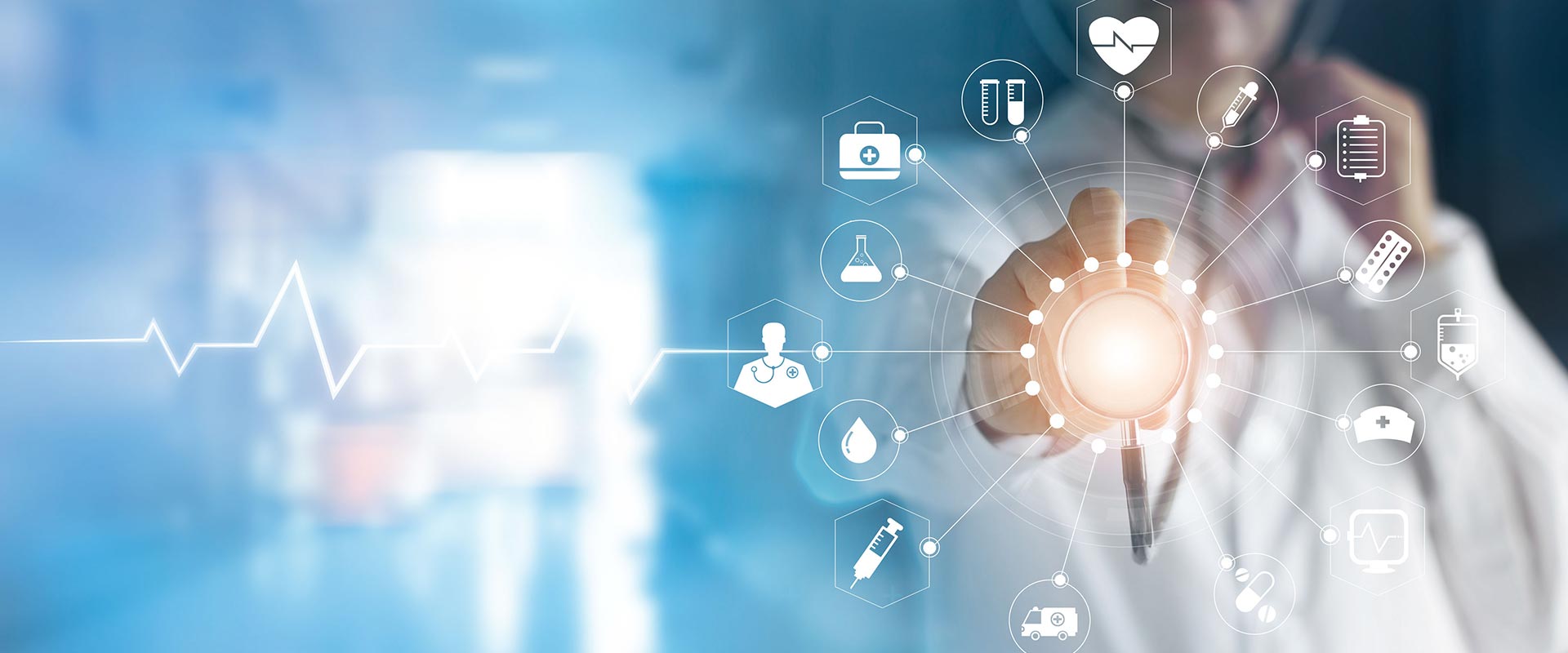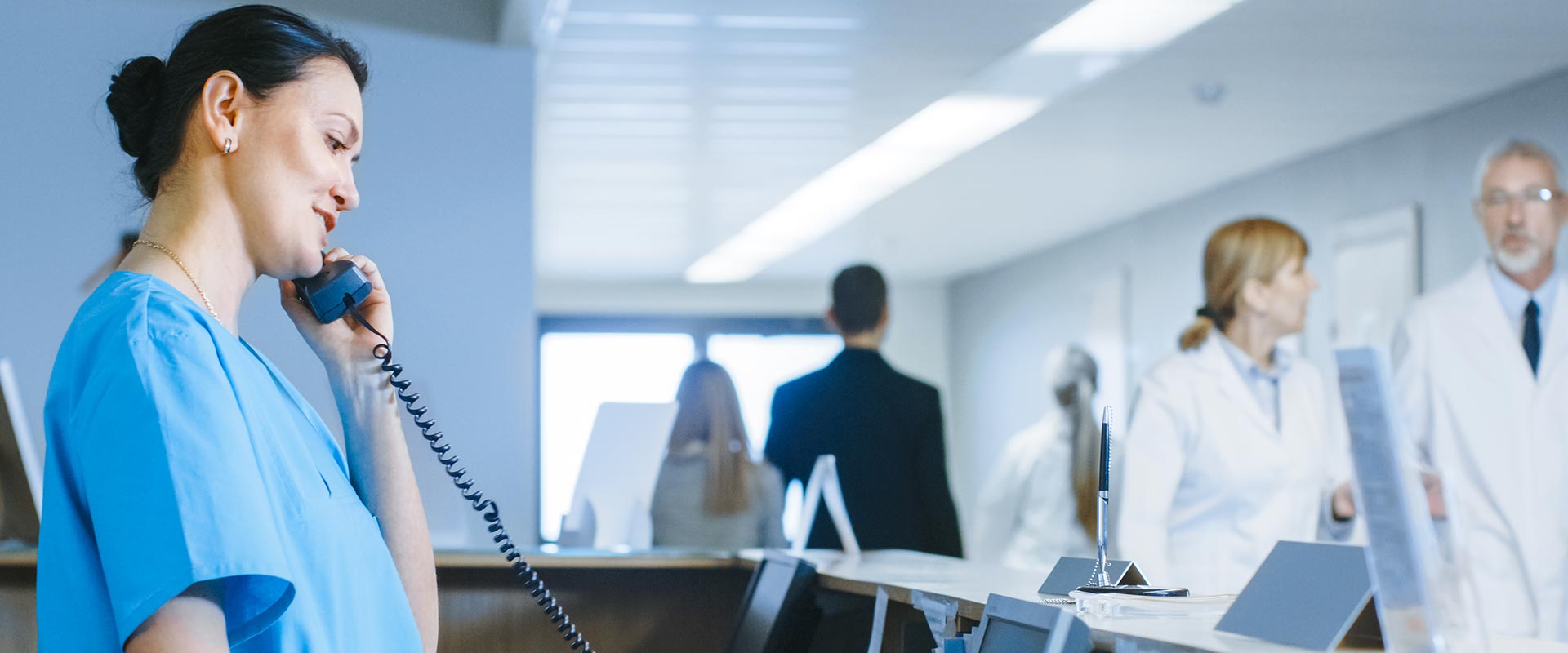Idoor positioning and better room management
Booking a room or managing last-minute modifications can very quickly trigger conflicts inside a hospital. With indoor positioning, the room is booked as soon as a staff member enters it and stays inside for more than a certain amount of time (set beforehand).
Smart hospitals and improved patient itineraries
In an interview for Pole Star, the technical director of a France based polyclinic explains why indoor positioning is essential for their hospital to run smoothly. “Our polyclinic is a 22-room unit where 22.000 operations take place per year, so 15 to 20 patients have surgery per day and per room. If we lose 2 minutes looking for a patient in a service, our flow is broken. If we lose track of 3 patients per day, the whole team is annoyed, from the nurses to the surgeon, and we end up working over our shift time.” The real-time positioning system improves itineraries, eliminates wasted time, in order to improve health staff well-being at work and make sure that each intervention is completed smoothly and on time.
Controlling costs
Nowadays, budget cuts are more and more frequent and indoor positioning can help efficiently use resources by optimizing:
● The way visitors and patients are welcomed
● Overall patient experience,
● The use rate of medical equipment,
● Room use rate,
● Equipment search time ,
● Caregivers’ journey in treating patients.








